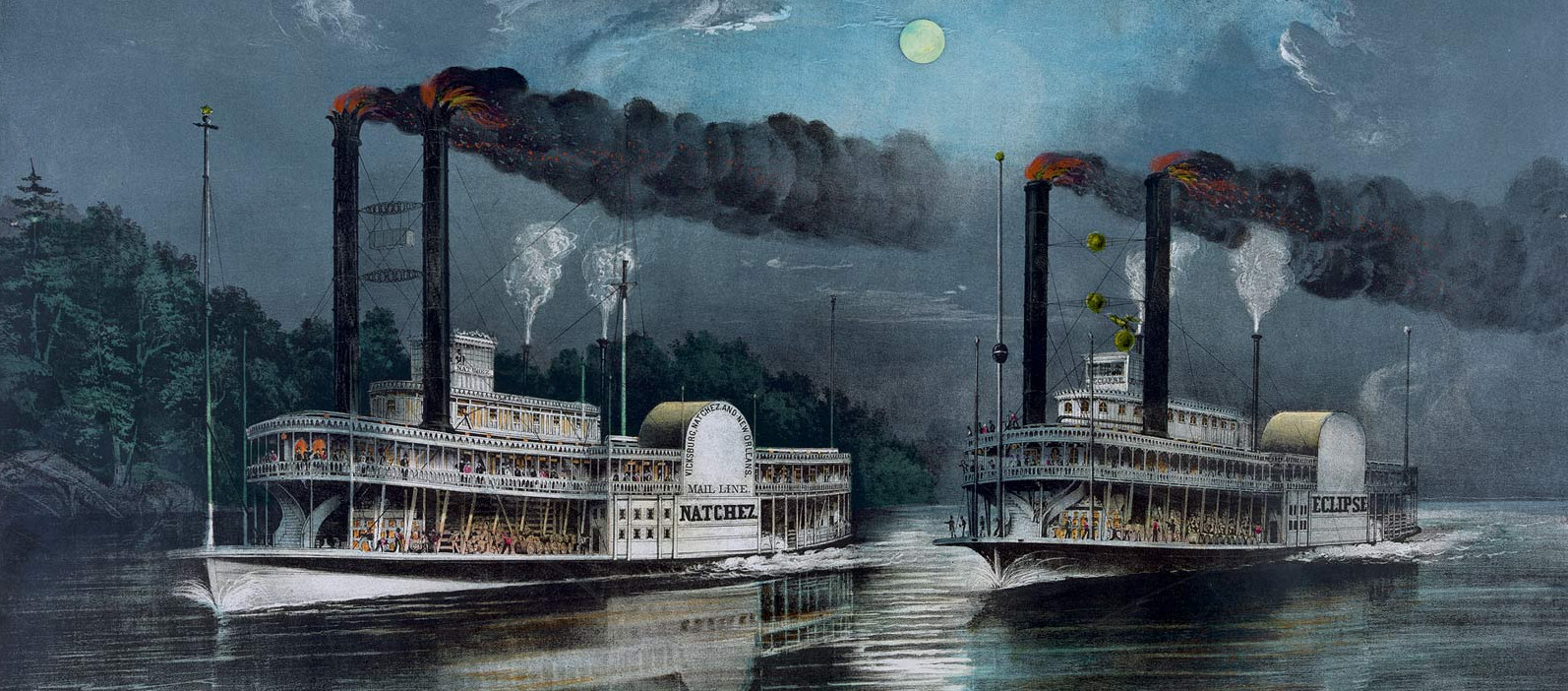The Essential Halloween Novel List
Because you need something to do between “The Walking Dead” and “American Horror Story” episodes.
By Daniel C. Wilcox, University of Texas at San Antonio
Everyone has their late October traditions—scary movies, haunted hayrides, setting out lawn decorations.
Mine is reading horror novels leading up to Halloween itself. In my mind, nothing makes the mood of the season more palpable than a scary read on a cool autumn evening. Riley Heruska’s right: There exists a cynical view toward reading fiction, an opinion I find disquieting. I feel it’s at this time of the rolling year—more so than any other season—that reading can provide a near tangible sense of magic.
It’s in that spirit that I recommend some magical selections to you, reader. Some of these titles are so captivating you might finish them in one marathon night (I know I did).
As an aside, I trust that some of you have read the classics of the horror genre already, so I don’t feel the need to comment on them. This list will instead focus on titles you may not be familiar with, from authors you’ve likely not encountered.
The Radleys – Matt Haig (2010)
No, this isn’t some twisted sequel to “To Kill a Mockingbird” that someone wrote to desecrate Harper Lee’s original novel (Lee managed to do that on her own). No, this is something entirely different.
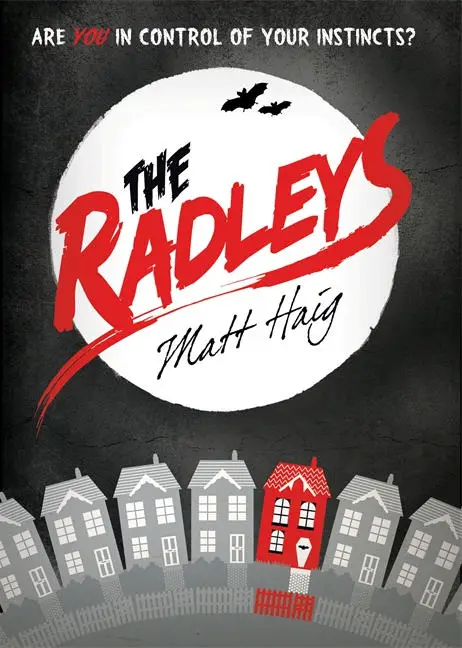
We all attended primary school with a few kids that were, let’s say, a bit off. They maybe spent a little too much time alone, had colorful dietary needs, constructed questionable artistic creations. Their parents would come by the school for recitals and sporting events, seemingly normal. Oh, but you could always tell, couldn’t you? You could sense that these folks weren’t all they appeared.
In “The Radleys,” Matt Haig has found an explanation for these fringe families. The novel, told in a series of vignettes, follows a suburban clan of four. They wear the masks of the unexceptional, but they’re hiding—even from their children—a wicked secret. Lately, the Radleys’ neighbors have grown suspicious, a young boy in town has gone missing and a former cop has come snooping. Worst of all, an old relative of the Radleys has decided to pay a visit, parking his decrepit van full of bottled blood right out in front of the Radleys’ quiet home.
With family secrets surfacing and investigations crisscrossing one another, this weekend might prove to be the ruin of the Radleys’ tranquil masquerade.
N0S4A2 – Joe Hill (2013)
This one might be cheating on my part, seeing as the author is a child of horror royalty; Joe Hill is the youngest son of Stephen King, and the heir apparent to King’s title as the American master of horror.
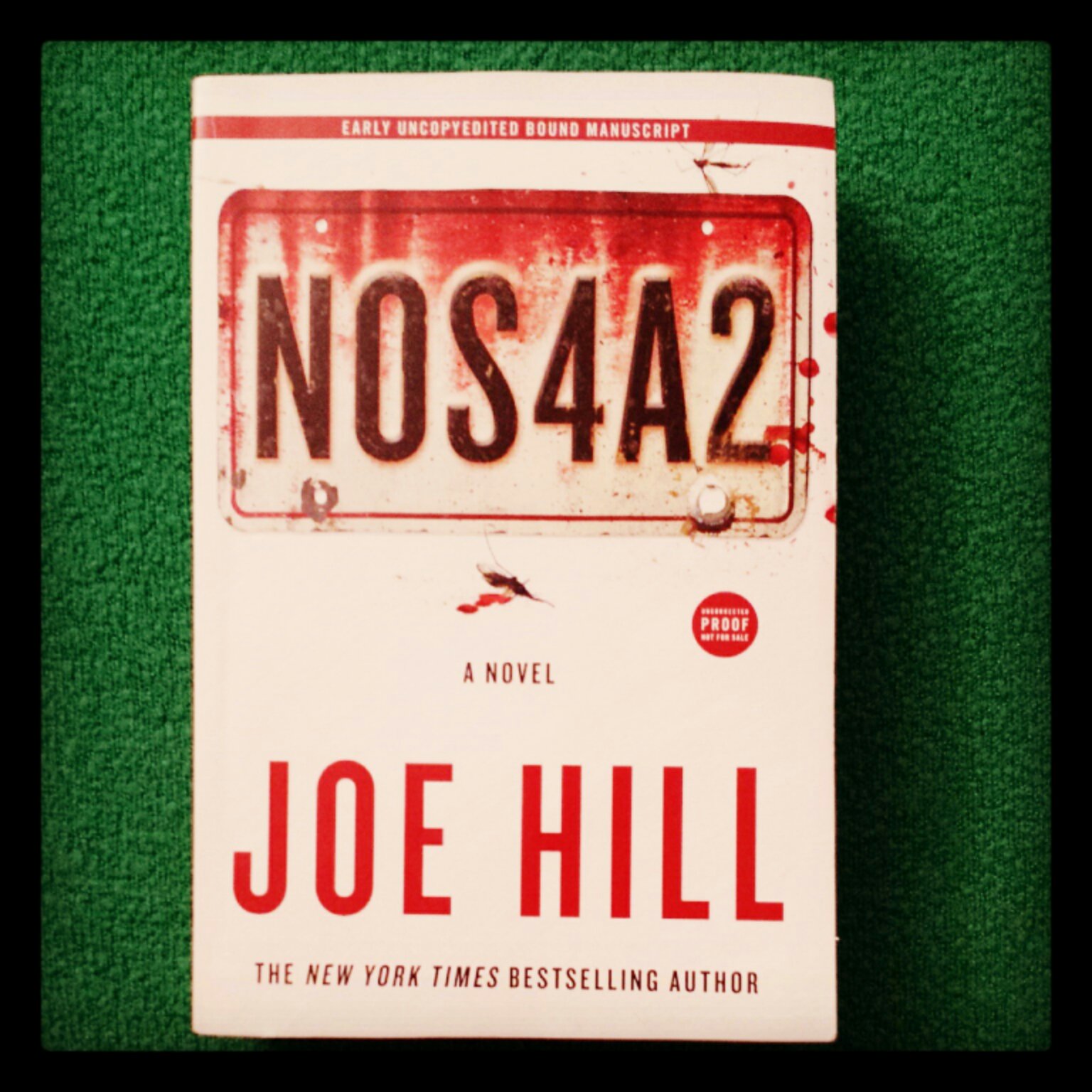
I have an unsubstantiated theory that this novel was born out of a bet between Hill and his father. The wager: Who can make the better vampire novel without casting an actual vampire. This means no fangs, no blood guzzling, no sunlight allergies, no sparkling. Vampires in spirit, not flesh.
The products of this hypothetical bet were King’s “Doctor Sleep,” and this gem, “NOS4A2.”
It’s my belief that Hill won the bet.
“NOS4A2” is the story of Vic McQueen, who learns early in her life that her Raleigh bike is a talisman that allows her to open portals to any destination her imagination can conjure, sometimes teleporting her across the country. On one of her trips she encounters the demonic and gaunt Charlie Manx, a ghoul who abducts children in his Rolls-Royce Wraith and takes them to “Christmasland,” his own private, horrific playground.
I’ve already said too much. Just read it. This novel is epic. And I’m not misappropriating the word “epic” here. I mean this is a grand novel that spans decades, traversing the vast United States as well as the shadowy dimensions beneath, pitting two dichotomous souls in a struggle that will bring a new definition of reality.
My Best Friend’s Exorcism – Grady Hendrix (2016)
Some novels you pick up on the strength of the name alone. You’ll be perusing the aisles of Barnes & Noble, and you happen upon a book with a title so enticing that you pick it up without even scanning the dust jacket. Grady Hendrix has ensnared me this way in the past, and dammit if he didn’t manage to get me again this year.
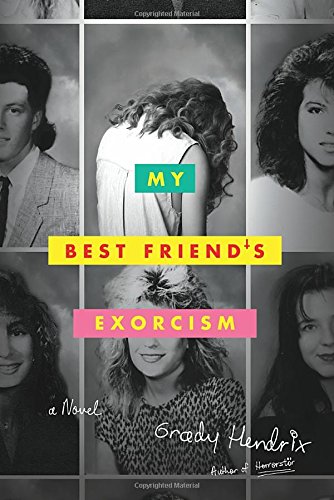
“My Best Friend’s Exorcism” tells the tale of two high school friends: Gretchen, who’s seemingly possessed by the devil, and Abby, who desperately works to rid her friend of the spirit that’s taken hold of her. The story has all the trappings of an 80s, John Hughes-esque high school drama, albeit with a malicious fiend pulling the strings. Cliques fall apart and reform, the teachers misconstrue everything and the rich students make sniping comments at the poor. All the while, an ancient evil has its hooks in the soul of a teenage girl.
On one end, “My Best Friend’s Exorcism” feels like a nostalgic take on the 80s (all of the chapter titles are songs from the decade), but the underlying commentary is that the Reagan years were not such a glorious time. It was an era where the phantoms of drugs and devil worship were viewed as the arch-antagonists in the war over the souls of teenagers. Rape was a hush-hush topic, and a girl who even implied being a victim could expect nothing but shame and denial. Hendrix reminds us that though we may pine for the days of our youth, we have to remember that such times were not as simple as we so fondly recall.
Also, tapeworms. That’s all I’ll say.
The Grin of the Dark – Ramsey Campbell (2007)
Let’s get this out of the way—the British are better writers than us. Don’t ask me why. It could be that their primary school curriculum demands a higher standard of its students, it could be that the culture is tinged with an innate air of refinement not present here. Maybe it’s because the Brits were keen enough to pull the plug on their version of “The Bachelor,” while we keep devising new variations of it.
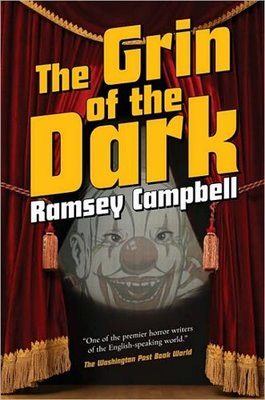
Whatever the reason, British literature comes across as more challenging to read by comparison. I’ve heard Ramsey Campbell described as the British Stephen King, but I don’t know if that’s accurate. Sure, they’re both prolific, celebrated writers of the genre, but Campbell has been at the game longer. I’d amend the phrase to say that King is the American answer to Campbell.
Campbell’s bibliography is exhausting—I seriously don’t know when he finds time to sleep. Picking one title from this horde is near impossible, but given the queer state of being of our world at present, a selection about clowns run amok is either a deft or wholly inappropriate recommendation.
“The Grin of the Dark” follows a film writer, Simon, who’s researching an infamous clown and silent film star named Tubby Thackeray. Tubby’s films had a reputation for sending his viewers into fits of madness, turning them at times murderous or suicidal. Yet for all his notoriety, Tubby’s body of work has ostensibly fallen off the face of the Earth. As readers follow Simon in his investigation, we begin to question his sanity as circus clowns menace him in the street, and tittering giggles echo behind him on subway platforms and alleyways.
Fevre Dream – George R.R. Martin (1982)
It’ll come as a shock to some of you, but George R.R. Martin does write material that doesn’t pertain to “A Song of Ice and Fire” (that’s assuming he writes at all). What’s often forgotten is that Martin has an established history of writing in several genres, including science fiction and—less heralded—horror. Martin’s forays into horror are limited, but there is one standout selection that even his most ardent fans are unfamiliar with: “Fevre Dream.”
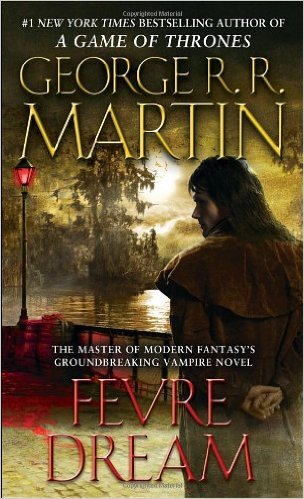
This novel is unlike anything Martin has written before or since. Taking place in the 1850s, the plot centers on Abner Marsh, a disgraced riverboat captain who’s been commissioned by a shadowy patron named Joshua York to pilot a paddlewheel down the Mississippi. Marsh can’t make heads or tails of his new partner, but it becomes clear that York has an ax to grind against an old rival. What Marsh doesn’t know is that he’s been pulled into a quest that will bring the living and the undead to blows, and perhaps, into unity.
Martin hits the historical notes in just the right tone, and the hazy atmosphere of the Mississippi River are a natural setting for a story about hidden motives and seclusion. Highly recommended while you wait for the next installment of “Weiner Party.”


